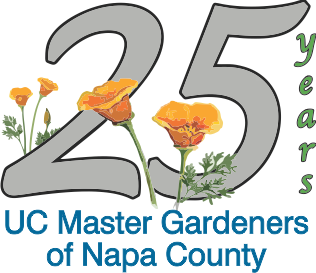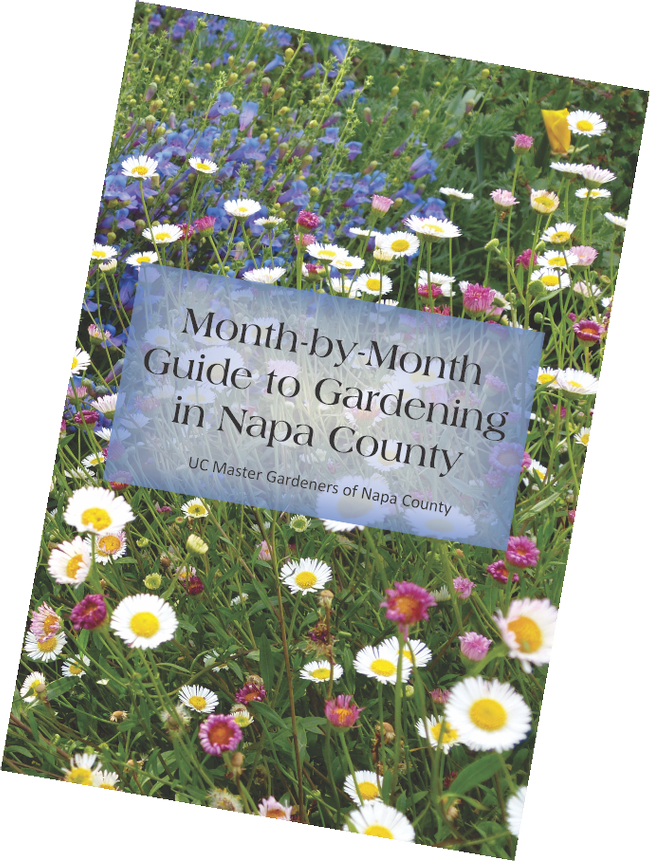by Pat Hitchcock

The daily journal which is the start of it all is just that, what a Victorian lady might have called a “diary.” Whenever something significant is done in the garden, I jot it down: seeds planted or sprouted, first harvest of berries, gopher marauding in the parsley and eventually caught. It is not a pretty document, but useful. One thinks, when out in the garden on a lovely summer morning, that one will remember such important things, but memory is fickle and notes, while sometimes spotty, provide lots of information. I've learned over the years which things I want to know: how long it took for carrots to be big enough for harvest, or which tomato was the first to ripen, for example. It also helps me figure out when to plant. For example, over the years I've noticed that tomatoes planted early in April, or even sometimes in March, do in fact thrive in my microclimate, where peppers and basil don't. I adjust my planting schedules accordingly.

Another way I use a spreadsheet is to track my garden rotation. We Master Gardeners are always telling people to rotate their crops, but it is very hard to recall exactly where everything was planted the summer before, much less over several seasons. In particular I track the vegetable families which are large presences in my garden: solanaceae and cucurbitaceae in the summer, liliaceae and brassicaceae in winter, fabaceae (beans & peas) in all seasons. The joy of a spreadsheet is that I can color code it and see at a glance over several years where I planted tomatoes (I use red for them, of course).
This summer I'm creating a seed inventory. I was inspired by some glib advice I passed along at a recent public presentation, which was to make sure you have the seeds you want to start indoors for fall planting. Starting with the cool season vegetables, I've listed all the old and newer seeds I have on hand. Not only did I discover that I am out of carrot seeds, but I have a lot of Asian vegetables of various types that I can grow this fall. Note to self: do not order any more bok choy, pak choi, tatsoi mustards, etc.
I love to grow food for my table. I credit my mildly obsessive ways with a lot of the success of the kitchen garden.
Editor's note: The image depicts a publication by UC Master Gardeners of Napa County. This edition will be available later this year. The current edition is available now. Both publications have a four year monthly record-keeping section.
Informational links:
UC Master Gardeners of Alameda Co. https://ucanr.edu/sites/MG_Alameda/files/304802.pdf
Penn State extension https://extension.psu.edu/garden-journaling
Crop rotation https://ucanr.edu/sites/ucmgnapa/files/254803.pdf
Master Gardeners are following recommended social distancing guidelines that keep everyone safe, Napa Master Gardeners are available to answer garden questions by email: mastergardeners@countyofnapa.org. or phone at 707-253-4143. Volunteers will get back to you after they research answers to your questions.
Visit our website: napamg.ucanr.edu to find answers to all of your horticultural questions.
Image: Photo by Corinne Yoshihara, design by Jane Callier